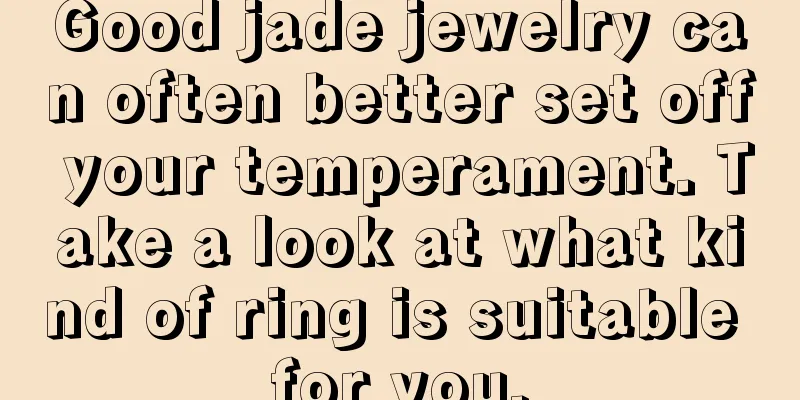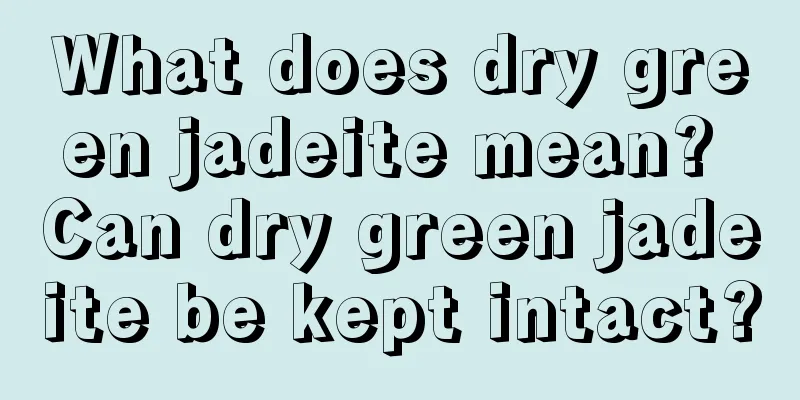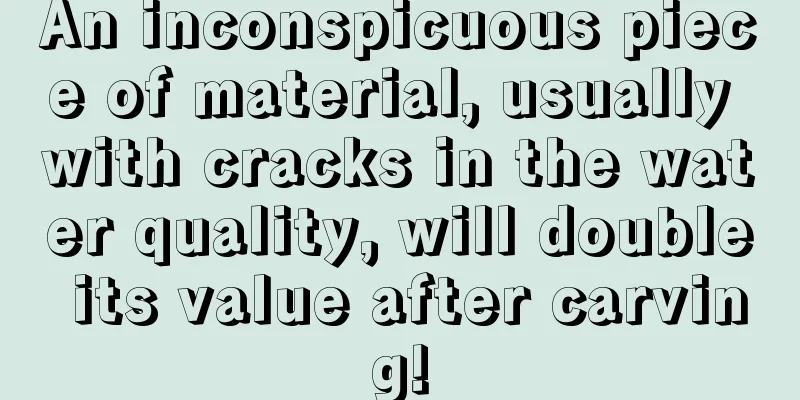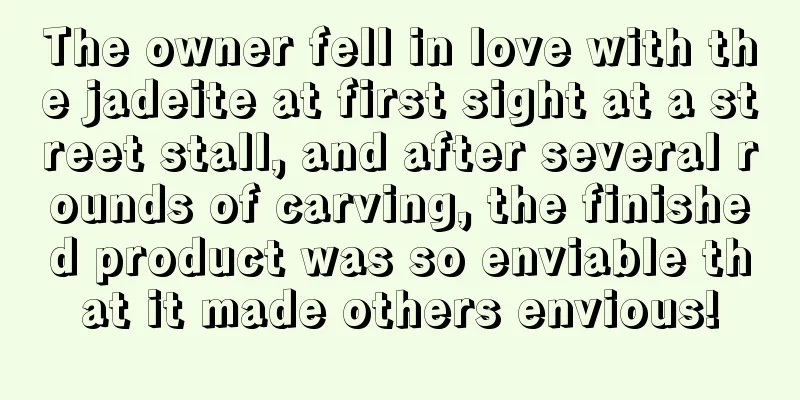How to quickly and easily identify the authenticity of jade
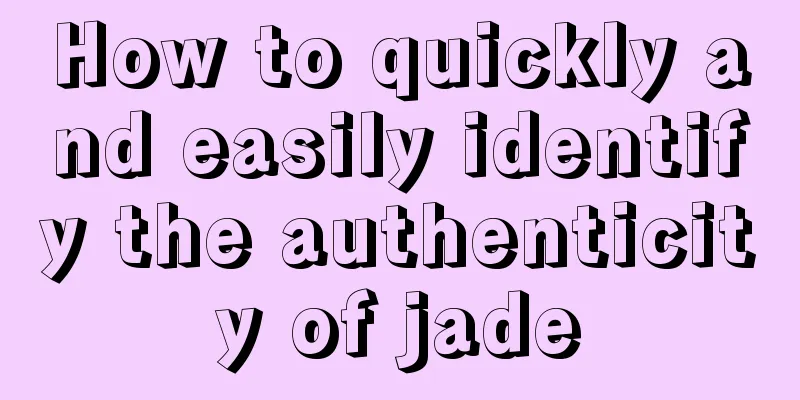
|
Today we received some idle jade from a jade friend who asked us to help recycle and convert it into cash. These jade bracelets had appraisal certificates when they were purchased by my friend, so when he sells them for cash now, he never considers whether they might be fakes, and only considers the price. I didn't expect to find out it was B+C goods the first time I received it. As a team of jade appraisers, we will teach everyone how to quickly and easily identify the authenticity of jade. First, shine an ultraviolet fluorescent lamp on the jade in total darkness to observe whether there is fluorescence. This is a quick and simple identification method to distinguish whether the jade is dyed or injected with glue. A-grade jadeite will not have any fluorescent reaction under ultraviolet fluorescent light, at most it will be slightly illuminated by the bulb. However, B+C jadeite has a blue and white fluorescence under ultraviolet fluorescent light. This is the fluorescent reaction of epoxy resin, which is very obvious. As long as there is a fluorescent reaction under ultraviolet fluorescent light, no matter what color the fluorescence is, it means it is not A-grade jadeite. Secondly, observing the luster of jade is a quick way to identify the authenticity of jade. Natural jade has a glassy luster, Hetian jade has an oily luster, Xiuyan jade has a waxy luster, and water jade has a resinous luster. B+C jade is close to a resin luster and shows more of an epoxy resin luster. For example, the luster of these jade bracelets today clearly has the luster of epoxy resin, and when you look through the light, you can see the slight purple color of the material inside, which shows that they are B+C jade. The light transmittance of jade is consistent with the color of the jade itself, and no other colors will appear. Finally, shaking the jade with your hand and observing its surface is also a quick way to identify jade. The density of jade is relatively large, and it will feel heavy in the hand. If the jade is acid-washed and injected with glue, its weight will be reduced and it will be lighter in the hand. If you observe under magnified conditions, you will see acid-etched reticulation on the surface of B+C jadeite, and the green part will have no color roots. In fact, the easiest way is to take it to the quality inspection station for re-inspection. If it is B+C jadeite, the quality inspection station will not issue a certificate. It will directly tell you that it is processed jadeite, and you don’t have to pay. If it is natural jade, the appraisal fee is only about 10 yuan. It is a good choice to buy it for peace of mind.
fcpf11 |
<<: Correct identification method of jadeite
Recommend
How can you value jadeite without understanding these three prices in the jade market?
Before estimating the value of jadeite, we must f...
Is your jade "alive" or "dead"?
We all know that animals and plants have life and...
Even if you watch it ten thousand times, you will still be amazed. Wearing the spring ribbon that you can't take off
“The mist and rain are as pretty as spring, and c...
Do you know how to identify A, B and C grade jadeite?
Many books and articles have discussed how to ide...
If you want to understand these points, the collection value of jadeite will be
When many jade lovers play with jade, they not on...
Are there any particular requirements for wearing a Buddha head pendant? Who is suitable to wear a Buddha head pendant?
The Buddha head pendant is an ornament with relig...
How to carve jade?
Ancient people often said: "If jade is not c...
Jade watches bring you a unique symbol on your wrist
Watches are not only used to tell time, they also...
Experts deeply analyze the key points of jadeite investment. If you don’t read it, you will miss out on hundreds of thousands!
There are various forms of jade investment, and t...
There are three principles for purchasing jadeite. The most important thing is to understand jadeite knowledge. It is better to read and learn more.
Man takes care of jade for three years, and jade ...
How to choose the best jade bracelet? From these places
1. Classification of jade bracelets: Bracelets ca...
The difference between "Qi Ying" and "Qi Ying" in jadeite is a thousand miles apart. Be careful not to be fooled again~
In the jade circle, we often hear the terms "...
The owner fell in love with the jadeite at first sight at a street stall, and after several rounds of carving, the finished product was so enviable that it made others envious!
Green Tara The statue of Green Tara is dressed in...
What are the detailed steps in jade processing? How complicated is it to make jade into jewelry?
As the saying goes, "30% of jade is made of ...
Is the black in jade really black?
If green is the most popular color of jade, then ...


